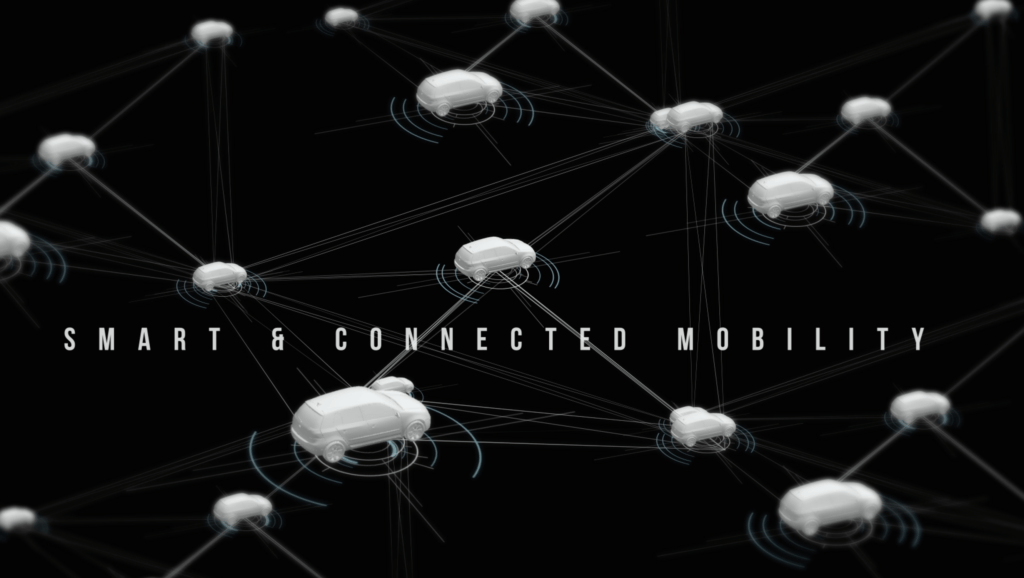Microsoft with Volkswagen and GM (or rather its Cruise Automation). Google with Ford and then Apple’s Project Titan and Amazon’s billionaire investments. Many projects between car makers and software giants are coming out. Because the future of the car will not arise in the traditional research and development departments.

What does it mean to innovate? Dictionary in hand, “changing a state of things, introducing new rules, methods, systems”. Among the three, perhaps the rules are the only ones that have been able to act, sometimes with questionable persistence, for many years in the automotive sector, which is now in search of the car of the future. Finally, for some time now, we have also heard of new methods and new systems, thanks to the wait for the proclaimed future mobility. Smart, interconnected, autonomous. And in this new context we must read the increasingly frequent and numerous alliances between car makers and large digital players, from GM, Ford, Volkswagen to Microsoft, Google and Apple.
Let’s start with a question. Are we still convinced that in the imminent transition, innovation is the result of the efforts of the sector’s research and development sector, and that it is precisely an “innovative car” that we should talk about? Rather, it seems that the automotive sector was among those best able to interpret the concept of “open innovation”, borrowing content from apparently distant domains, finally making the vehicle a “means”, a platform that lends itself to the integration of solutions that have little to do with autotechnical aspects, with split displacements, stoichiometric ratios, suspension shaking and tire compounds.
That the automotive innovation of the next phase is therefore not in the new methods and new systems, but in the ability to transfer technologies and solutions to the vehicle that were not originally designed for it, but which can be adapted to it, making innovation nothing else that a bridge, a transfer of knowledge from one technical domain to another, where new and unexpected value can be created?
A little bit what West Coast entrepreneurship (and our local research, in some enlightened locations, which I had the pleasure of experiencing in the last few years of an unexpected path as an “acadepreneur”) has taken and implemented in large centers of technological aggregation: make it possible for people of varied technical / cultural backgrounds to meet and communicate at the coffee machine, and innovation will simply sprout. Because each “technologist” mainly thinks about the value of progress in application to their sector, until they interact with someone who offers them an opportunity to think about how to apply their incremental knowledge to solve different problems. It is then that innovation becomes something that goes beyond the “new method” or “new system” but becomes a “new context”.

Returning to the automotive sector, this is exactly the scenario on which the great players of digital and mobility have worked in recent years and on which they are gradually coming out of the closet, giving birth to chimerical projects with two heads (and two brains) that are monstrous they only have their own market potential. Microsoft and GM (indeed, in particular its Cruise Automation, acquired in 2016) on autonomous driving, and again Microsoft and Volkswagen for the development of a cloud that supports the management of ADAS. Google with Ford, as well as “with itself” in the Waymo project, for the creation of infotainment systems based on Android. Apple and its Project Titan, which seems to be able to see the light in terms of production in synergy – it is said – with Nissan. Amazon which in 2020 alone invested about $ 3 billion in Rivian’s autonomous vans and acquired Zoox, specialized in self-driving taxis, for over a billion. And then there is Tesla …
And its only the tip of a very deep iceberg that is preparing to emerge on multiple fronts, well beyond the big ones of FAANG (Facebook, Amazon, Apple, Netflix, Google) or GAFAM (Google, Amazon, Facebook, Apple, Microsoft) depending on which acronym you prefer. Qualcomm, which achieved quite a bit of notoriety for its processors in 2000, is carving out significant market space among onboard chip makers for the vehicles to come. And its competitor Intel, with the Israeli Mobileye, at CES 2021 introduced a Lidar System-on-Chip (SoC) system, no longer based on the time-of-flight principle, which could revolutionize the such systems and which represents the quintessence of the synergy between a (former) startup linked to vision systems and a giant of microprocessors.
It is difficult to see, in this waltz of alliances and joint ventures, who could be the winner of a market that has yet to be created. Typing “car of the future” into Google returns over 4 million results. But before the one of the futures arrives, it is that of the present the car with which we will have to live perhaps quite a lot, and on which the problems of electrification, safety and production sustainability will continue to take center stage, and who knows if it is not also in these areas that unexpected synergies do not prove to be decisive.
What is certain is that it has been a while since, even in the world of automotive research, that feeling of the future yet to be written, of a blank sheet of paper, which on the one hand smacks of “horror vacui”, but from the other of infinite possibilities and ways to go.